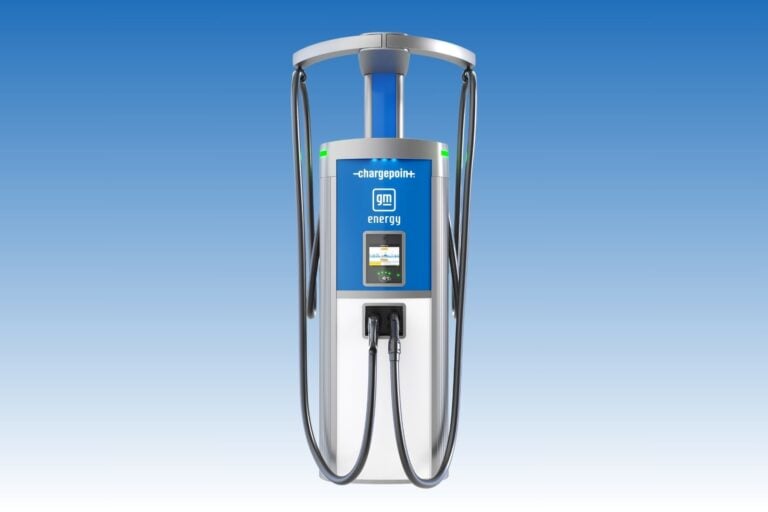Wallbox, a renowned electric vehicle (EV) charging and energy management solutions provider, has joined hands with Bidirectional Energy, an EV energy management software platform. This collaboration has resulted in both enterprises gaining approval for substantial financial backing via the CEC REDWDS grant. The plan is to roll out Wallbox’s Quasar 2, a next-generation DC bidirectional charger, integrated with the Bidirectional Energy EV charger management system in the early half of 2024.
The California Energy Commission (CEC) has an established Clean Transportation Program that dedicates up to $100 million annually to bolster innovation and hasten the launch of avant-garde transportation and fuel systems across California. The REDWDS grant is aimed at promoting the creation and introduction of user-friendly charging commodities. These products empower customers to efficiently control their EV charging and adapt to the changing grid signals. After a rigorous selection process, both Bidirectional Energy and Wallbox have been designated as proposed recipients of a whopping $2.2M in the first phase of funding from the CEC Clean Transportation Program. Once the awards are ratified, the collaboration will pave the way for the installation of Quasar 2 bidirectional chargers in Californian homes.
Key Points
- Wallbox and Bidirectional Energy obtain prospective awards from CEC REDWDS grant.
- The partnership aims to launch the Quasar 2 bidirectional charger by 2024.
- CEC’s Clean Transportation Program facilitates advancements in transportation and fuel systems.
- Wallbox and Bidirectional Energy have been proposed for $2.2M in Phase 1 funding.
- Successful Quasar 2 deployment could lead to more funding for an additional three-year rollout.
Bottom Line
The Quasar 2 bidirectional charger is revolutionary, allowing EV owners to not only charge their vehicles but also power their homes or send energy back to the grid. This partnership between Wallbox and Bidirectional Energy offers EV owners an opportunity to potentially tap into various vehicle-to-grid programs. By leveraging these, homeowners can expect cost savings, energy efficiency, and added resilience in power outages. Moreover, with EVs capable of holding significant energy, the need for traditional home energy storage systems might reduce. The overall project aligns with California’s goal of adopting more renewable energy sources and enhancing grid reliability.








